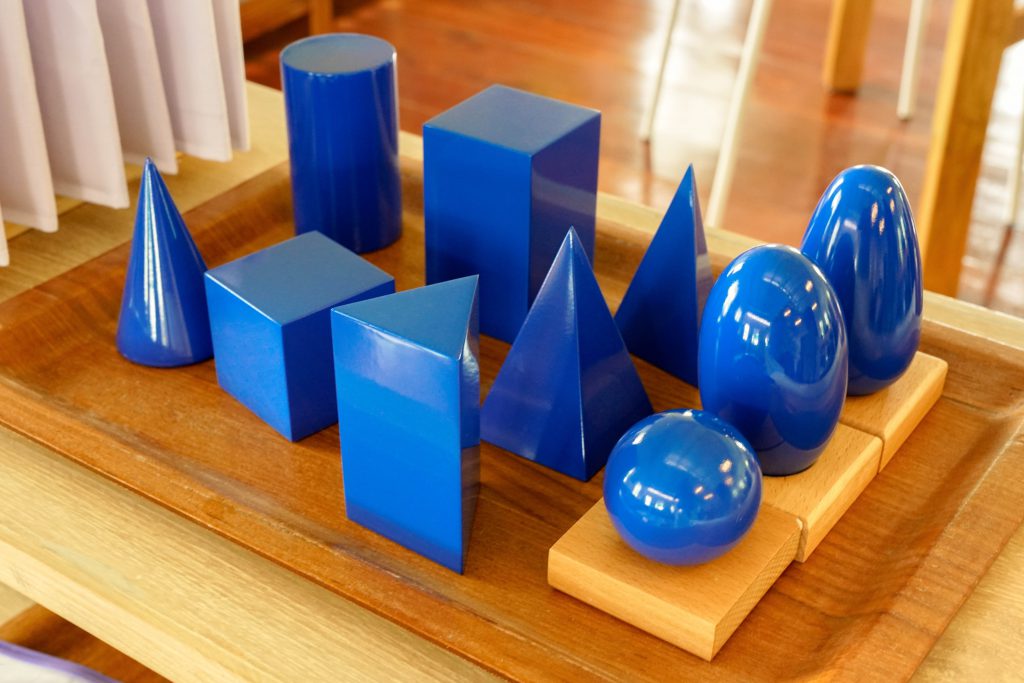Montessori Environment
The Prepared Environment
Montessori classrooms provide a prepared environment where children are free to respond to their natural tendency to work.
The prepared environment offers the essential elements for optimal development. The key components of this environment comprises of the children, teacher and physical surroundings including the specifically designed Montessori educational material.
There are generally six aspects within this: Freedom; Structure and Order; Beauty; Nature and Reality; Social Environment; Intellectual Environment.
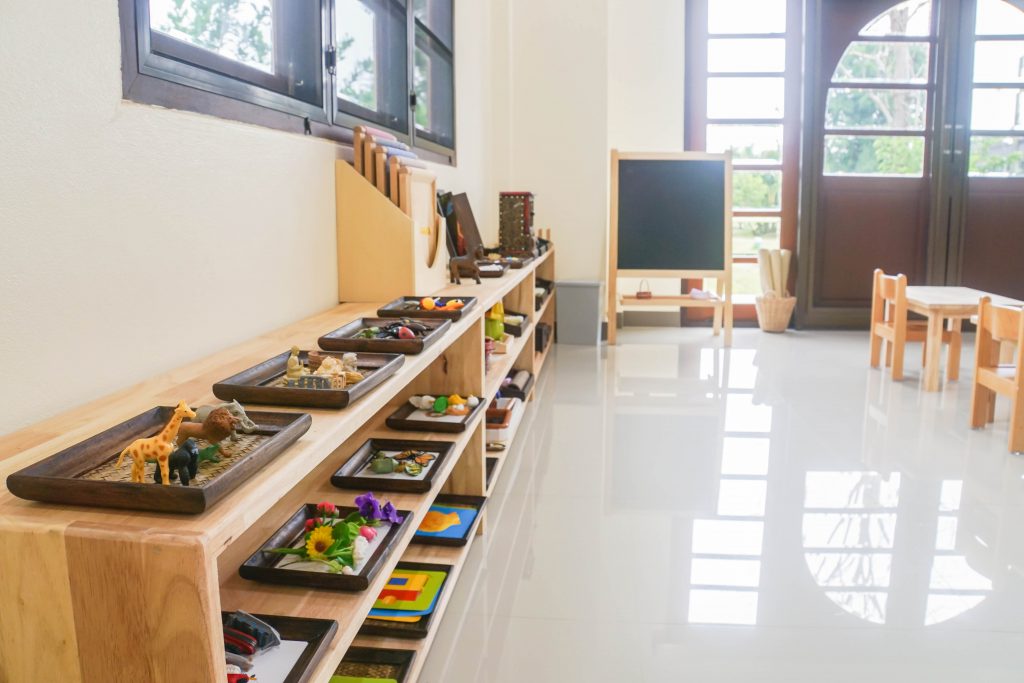
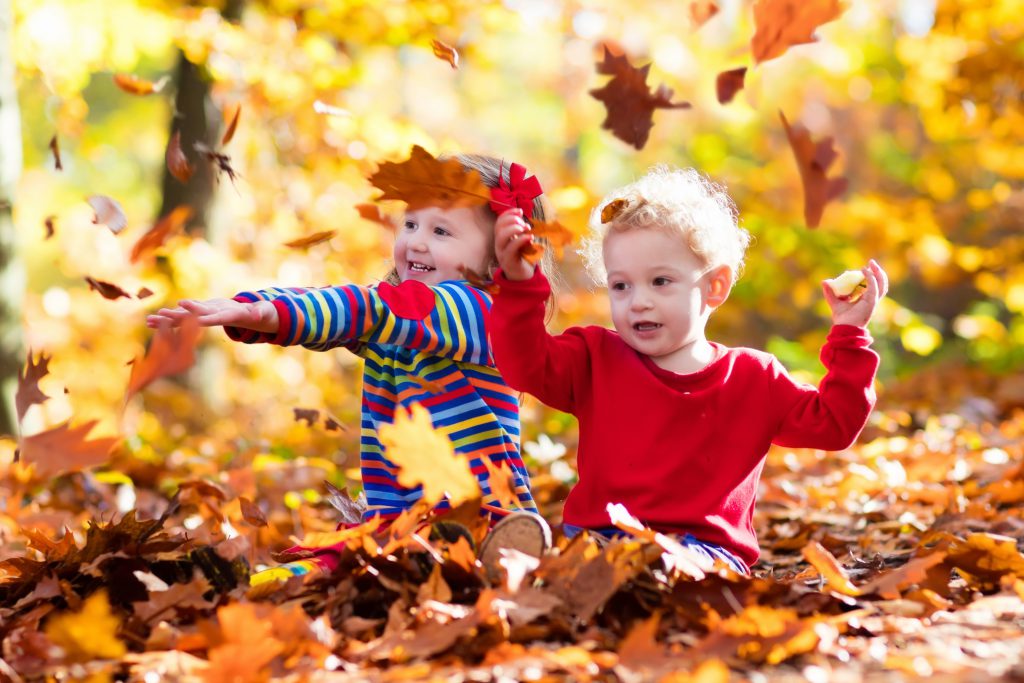
Freedom
Maria Montessori believed that a child must be free to explore and follow his/her own natural impulses, thus developing their potential and increasing their knowledge of the world around them. Within the prepared environment, the child must experience freedom of movement, freedom of exploration, freedom to interact socially, and freedom from interference from others. This freedom ultimately leads to a greater freedom: freedom of choice.
Structure and Order
Whilst Structure and Order seem to be the opposite to the aforementioned freedom, nothing could be further from the truth. Structure and Order in the Montessori classroom accurately reflect the sense of structure and order in the universe. By using the Montessori classroom environment as a microcosm of the universe, the child begins to internalise the order surrounding them, thus making sense of the world in which they live in.
There is a sensitive period for order which occurs between the ages of one and three years of age. This is when children begin to draw conclusions about the world around them. If there is not order in their environment, the child’s sense of reason may be off since they will not be able to validate their findings.
This doesn’t mean that routines or classroom set-up or ways of doing things can’t change, in truth, as already mentioned, the CMN classroom is constantly adapting. It does mean that change should be carefully considered. Is this change for the good of the children? If so, it should be done carefully and its after-effects should be observed to ensure that it is of benefit to the children.
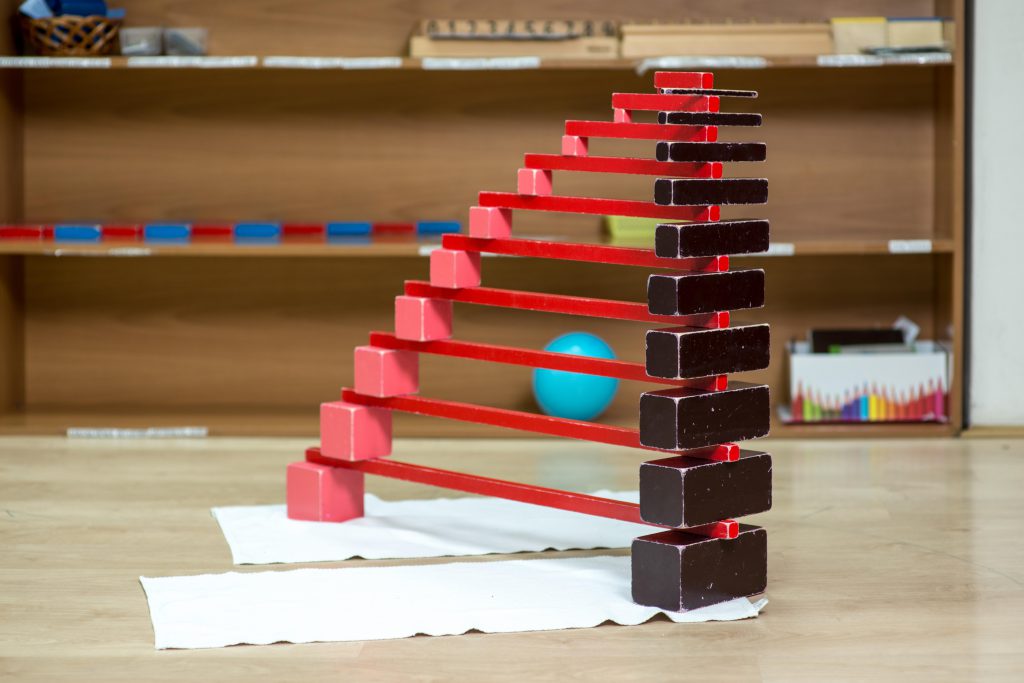
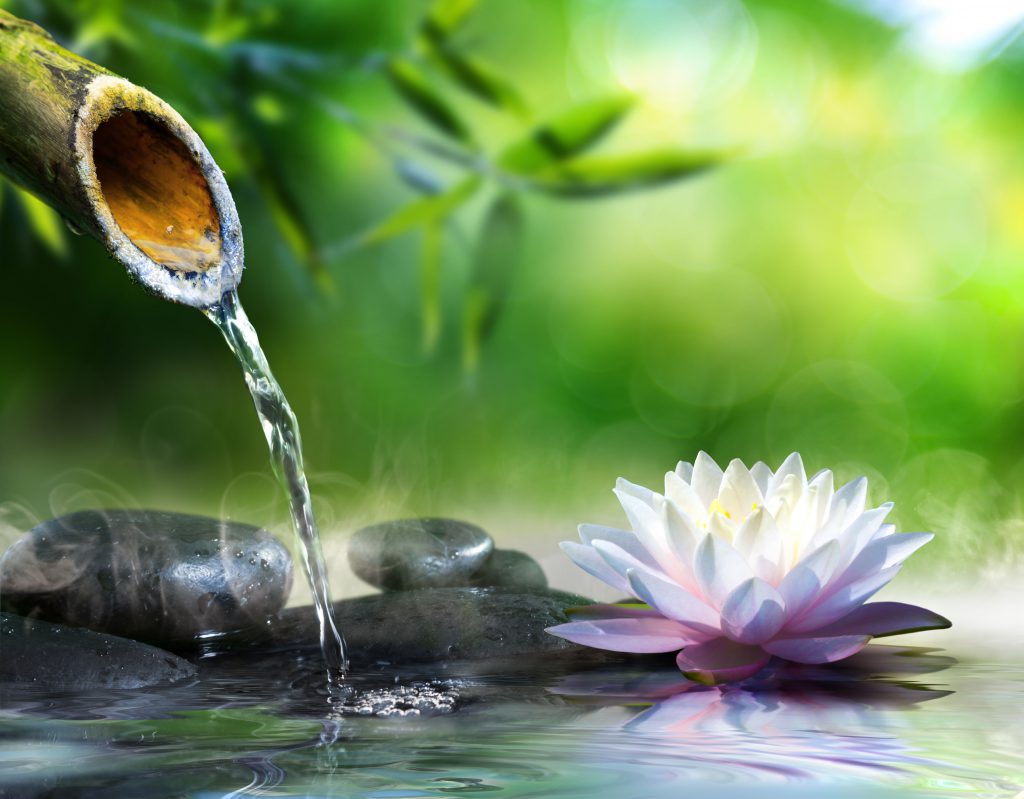
Beauty
Montessori environments should be beautiful. Whether your school is in an old Victorian mansion or in the living room of your home, the environment should be a simple harmony. Uncluttered and well-maintained, it should reflect peace and tranquillity. The environment should invite the learner to come in and work. This atmosphere is easily seen by the attitude of those working there, both child and adult.
Nature and Reality
Maria Montessori had a deep respect for nature. She believed that we should use it to inspire children. She continually suggested that Montessori teachers take the children out into nature, rather than keeping them confined in the classroom. This is why natural materials are preferred in the prepared environment. Real wood, reeds, bamboo, metal, cotton, and glass are favoured compared to synthetics or plastics.
It is here where child-size real objects come into play. Furniture should be child-size so the child is not dependent on the adult for his movement. Rakes, hoes, pitchers, tongs, shovels should all fit children’s hands and height so that the work is made easier, thus ensuring proper use and completion of the work without frustration. This is perfectly illustrated within the CMN classroom.
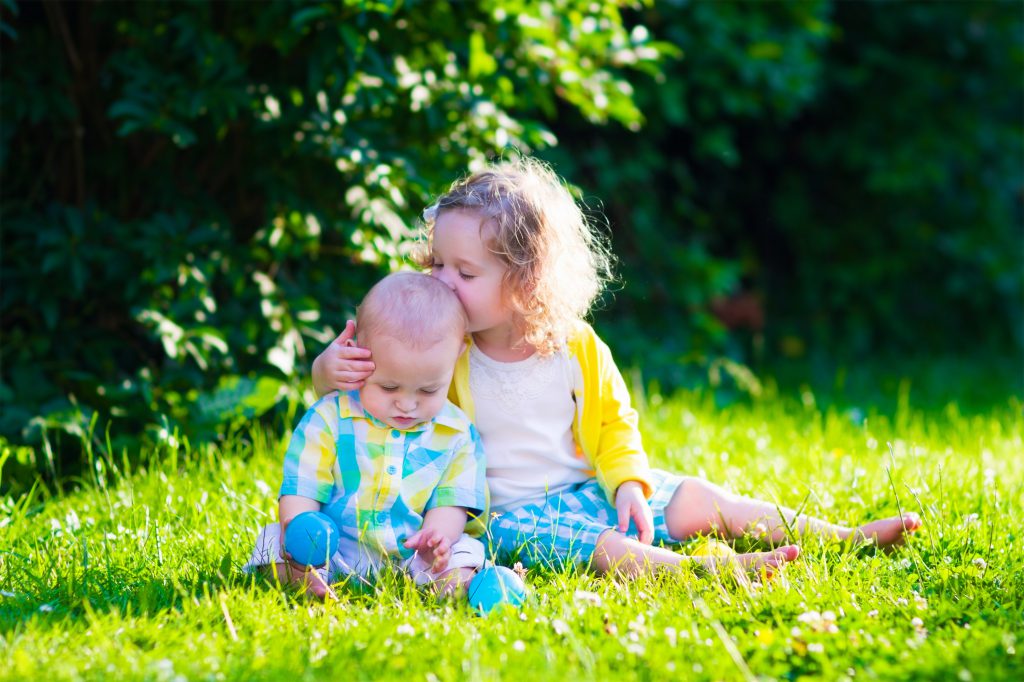

Social Environment
Where there is freedom to interact, children learn to encourage and develop a sense of compassion and empathy for others. As children develop, they become more socially aware, preparing to work and play in groups. This social interaction is supported throughout the environment and is encouraged with the nature of multi-age classroom settings.
Intellectual Environment
If the above aspects are not recognized, the intellectual environment will not reach its purpose. The purpose of the Montessori environment is to develop the whole personality of the child, not merely their intellect. By guiding the child through the five areas of the Montessori curriculum (Practical Life, Sensorial, Language, Mathematics, and Cultural subjects), the child has the structure which is at the forefront of the creative work in a Montessori classroom.
A lot of time and effort is involved in creating a prepared Montessori classroom that is designed to meet the individual needs of all children. Through developmentally appropriate, sensorial material that moves hierarchically from simple to complex and concrete to abstract, children are given the freedom to fully develop their unique potential through a carefully prepared learning environment.
